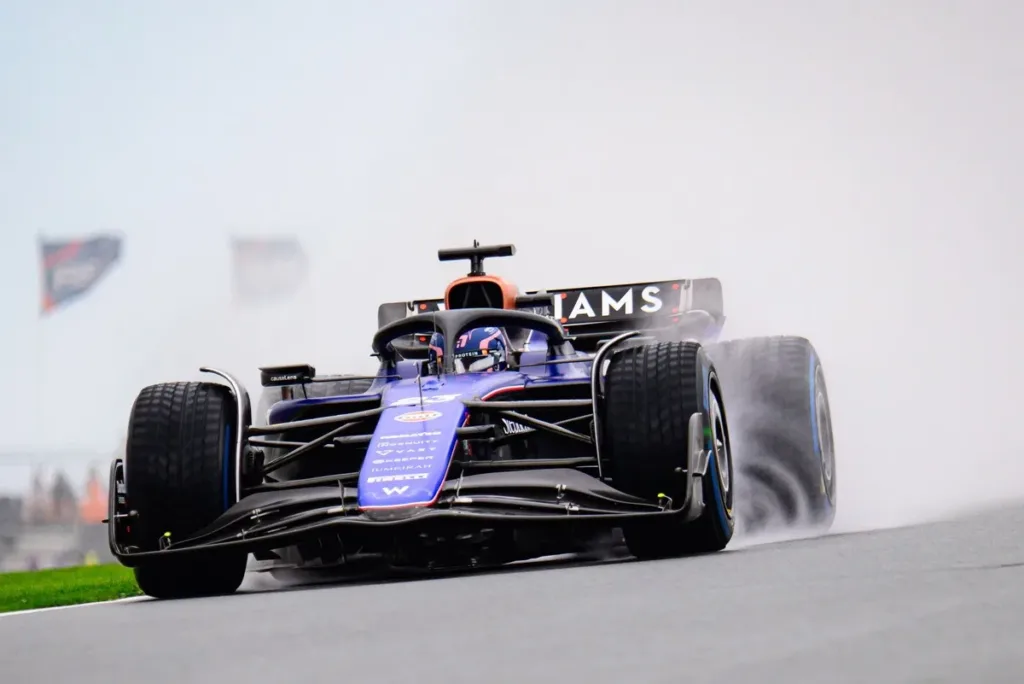Formula 1 News: Williams’ Upgrades Show Promise, Despite Setback at Zandvoort
Following a promising practice and qualifying session at Zandvoort, Williams’ recent upgrades have shown significant potential, with Alex Albon securing a spot in Q3. According to team boss James Vowles, the updates have produced “good results” in the tight midfield, with the team’s long-run performance even rivaling Ferrari’s at times.
However, the team’s progress was halted on Saturday evening when an error with their measurements revealed that their new floor was outside the regulations. Although the issue was an easy fix, the team was forced to start at the back of the grid with both cars, essentially writing off the weekend.
Despite the missed opportunity to score points, the team remains optimistic about the upgrades’ potential, with eyes on the next races. So, what has changed on the Williams FW46? The team has implemented a two-pronged attack, focusing on improved aerodynamic surfaces and weight-saving revisions.
“There’s some tiny detail changes on the aero shape around the shrouds and the ducting into the central radiator, but that’s all just chasing the weight out the car. It’s a reasonable amount lighter, which is a good thing. But we’re still a little bit overweight. We’ve got a few more updates coming later in the year, which will hopefully get us right down on the weight limit.” – Pat Fry, Chief Technical Officer
One of the most notable changes is the switch from an underbite-style inlet to an overbite extension panel and under-slung inlet on the sidepods, similar to their competitors. This alteration should provide aerodynamic freedoms while maintaining cooling performance. The sidepod design now features a less aggressive upper gully, a larger undercut, and a reprofiled underbelly.
The floor and floor wing have also undergone modifications, with the upswept section of the edge wing now more heavily cranked and featuring deeper separating strakes. Additionally, the team has implemented a weight reduction program, targeting the roll hoop to meet its objectives. Changes to the airbox shape and spar configuration can be seen, with the primary focus being on weight savings.
While the Zandvoort setback was a disappointment, the Williams team remains hopeful that these upgrades will yield positive results in the coming races. With the Formula 1 season heating up, it will be exciting to see if Williams can capitalize on their improved performance.
🔗 Source
